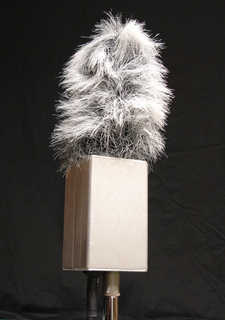|
Improvements on a Low-Cost Experimental
Tetrahedral Ambisonic Microphone |
|
SAMPLE FILE INFORMATION
|
|
On the next pages of this site, several sets of
decoded files are available for download. All were recorded with
Experimental 2 in A-format. Most are decoded with David McGriffy's VVMic
software to stems. Stems are equalized with a low-frequency slope from 0dB
at 400Hz to +6dB at 100Hz and below. No center channel is provided, and the
4 corner channels (set to 35, 123, 237, and 325 degrees, respectively, from
center front) are full-range. There is no need to download the LFE channel
if you are using a 4.0 system. The LFE channel is also full range. In other
words, there is no bass management. All files are 44.1kHz 24-bit.
For most evaluation purposes, and for someone who is experimenting with surround sound with a computer and an interface, decoded files would be an easier introduction to listening to ambisonic recordings. For folks interested in b-format files, several sets of b-format files are also available for download. B-format files have no equalization, only a- to b-format conversion. In most instances, photography was not permitted during concert performances, and the pictures of the venues or setups were taken prior to the actual recording, usually during rehearsal. I was not actually in the concert hall during any of the recordings in Bates. Exp2 was piggy-backed with the Soundfield MKV used for stereo recording. My interface and computer were on the floor at the base of the microphone stand. I set the gains from what I heard during the rehearsal, started the recording a few minutes prior to the event, and hoped for the best. This was truly remote recording. |
|
|

|
Experimental 2
|